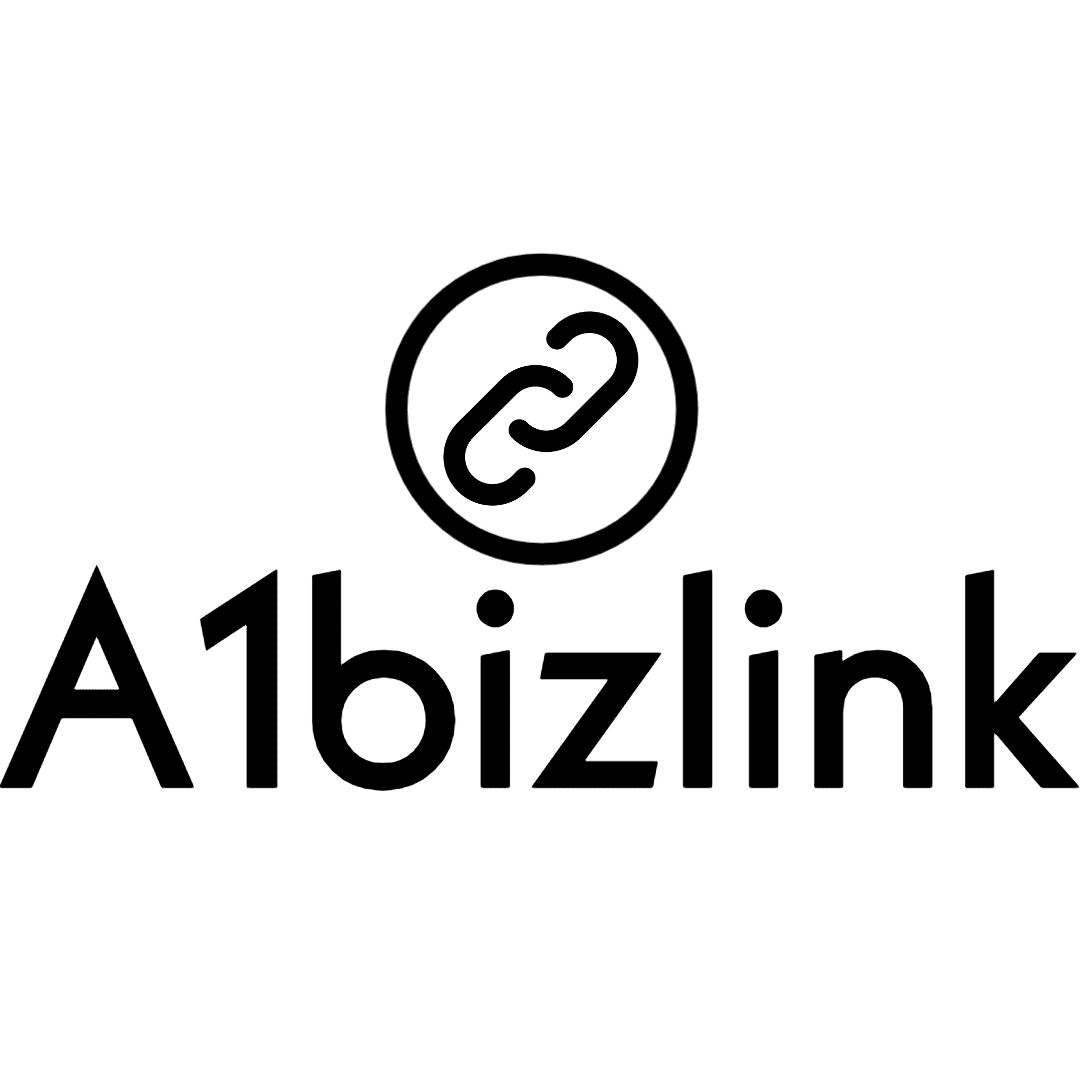
In the world of search engine optimization (SEO) and digital marketing, understanding the nuances of “do follow” and “no follow” links is essential. These two types of links play distinct roles in how search engines interpret and rank your website. Let’s delve into what each term means and how they impact your SEO strategy.
What are “Do Follow” Links?
“Do follow” links are hyperlinks that allow search engine crawlers to follow them and pass on link equity (also known as link juice) from the linking site to the linked site. This means that if a reputable website links to your site with a “do follow” link, some of its authority is transferred to your site, potentially improving your search engine rankings.
Characteristics of “Do Follow” Links:
- Link Equity: Pass on authority from one site to another.
- SEO Impact: Help improve the search engine rankings of the linked site.
- Default State: Most links are “do follow” by default unless specified otherwise.
What are “No Follow” Links?
“No follow” links, on the other hand, are hyperlinks that include a specific HTML attribute (rel="nofollow") which instructs search engine crawlers not to follow the link or pass any link equity to the linked site. Essentially, these links do not influence the search engine rankings of the linked site.
Characteristics of “No Follow” Links:
- No Link Equity: Do not pass authority from the linking site to the linked site.
- SEO Impact: Do not directly improve the search engine rankings of the linked site.
- HTML Attribute: Include
rel="nofollow"in the link’s HTML code.
Why Use “Do Follow” Links?
“Do follow” links are valuable for SEO because they:
- Boost Rankings: Help improve the search engine rankings of the linked site by passing on link equity.
- Enhance Authority: Contribute to the overall authority and trustworthiness of the linked site.
- Encourage Traffic: Drive more organic traffic from search engines due to improved visibility.
Why Use “No Follow” Links?
While “no follow” links do not pass on link equity, they are still useful for several reasons:
- Prevent Spam: Help reduce the incentive for spammy comments or posts just to gain backlinks.
- Link Profile Diversity: Contribute to a natural and diverse link profile, which is beneficial for SEO.
- Referral Traffic: Can still drive traffic to your site from users clicking on the link, even without SEO benefits.
When to Use Each Type
-
“Do Follow” Links:
- When you want to endorse a site and pass on SEO benefits.
- For editorial content, guest posts, and authoritative references.
-
“No Follow” Links:
- When linking to user-generated content, such as blog comments or forum posts, to prevent spam.
- For paid links, advertisements, or any links that might violate search engine guidelines.
Conclusion
Understanding the difference between “do follow” and “no follow” links is crucial for effective SEO and digital marketing strategies. “Do follow” links are essential for passing on link equity and improving search engine rankings, while “no follow” links are useful for maintaining a natural link profile and preventing spam. By strategically using both types of links, you can enhance your site’s visibility, authority, and overall SEO performance.
If you want to submit your company for free in our directory just click on the link.
